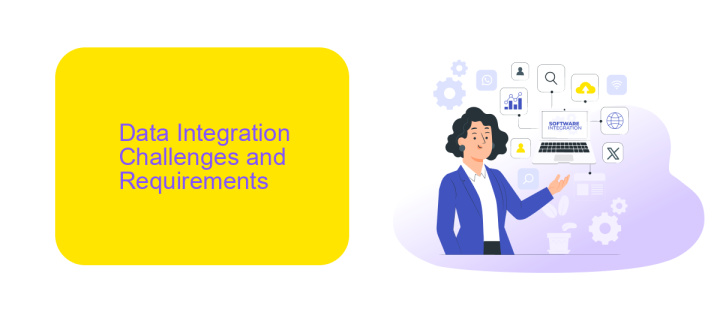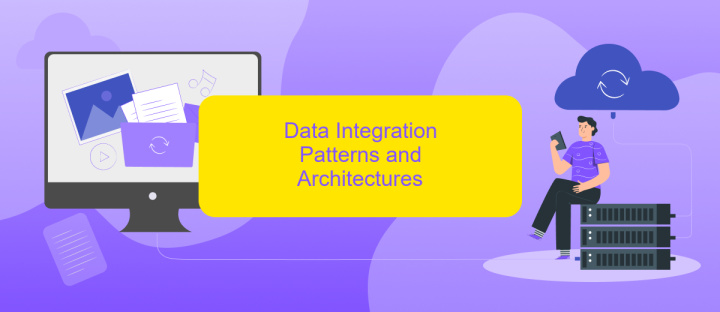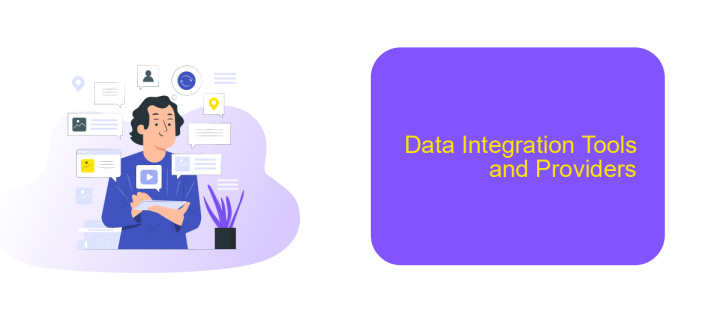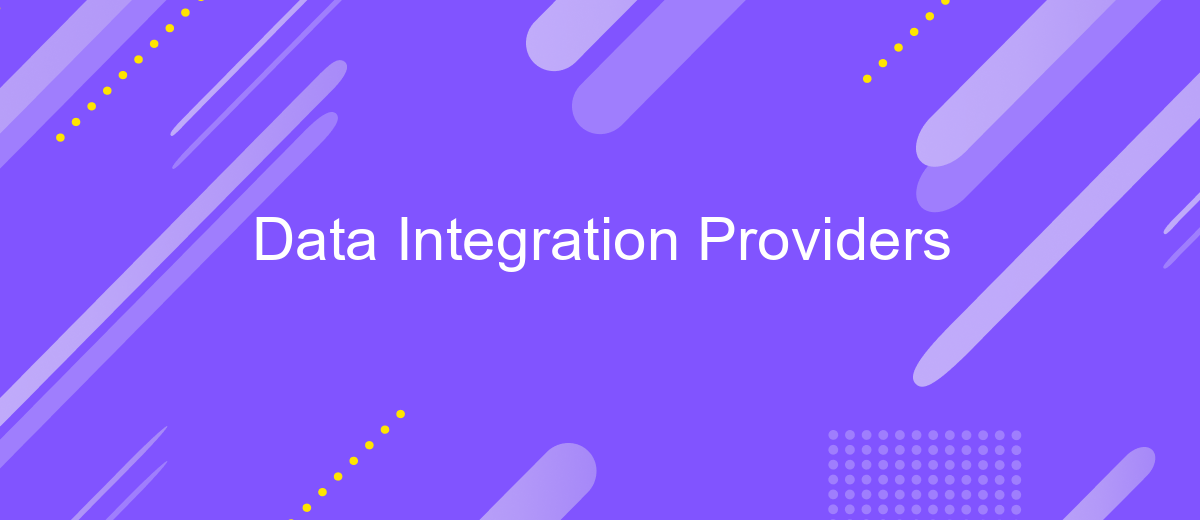Data Integration Providers
Data integration providers play a crucial role in today's data-driven world, enabling organizations to seamlessly connect, consolidate, and manage data from diverse sources. By offering tools and services that ensure data consistency, accuracy, and accessibility, these providers help businesses unlock valuable insights, drive decision-making, and maintain a competitive edge. This article explores the leading data integration providers, their key features, and benefits.
Introduction
In today's data-driven world, businesses rely heavily on seamless data integration to ensure smooth operations and informed decision-making. Data integration providers play a crucial role by offering tools and services that enable organizations to connect disparate data sources, streamline data flows, and maintain data integrity. With a wide range of solutions available, choosing the right provider can be a daunting task.
- Automated data synchronization
- Real-time data processing
- Scalability and flexibility
- Comprehensive support and documentation
One notable example of a data integration service is ApiX-Drive. This platform simplifies the process of connecting various applications and automating workflows without requiring extensive technical expertise. By leveraging such services, businesses can achieve efficient data management and focus on their core activities, driving growth and innovation.
Data Integration Challenges and Requirements

Data integration presents several challenges, including data silos, inconsistent data formats, and complex data transformations. Organizations often struggle to consolidate data from various sources, such as databases, cloud services, and third-party applications. Ensuring data quality and consistency is critical, as poor data can lead to inaccurate analytics and decision-making. Moreover, integrating real-time data streams requires robust infrastructure and sophisticated tools to handle the high volume and velocity of data.
To address these challenges, organizations need efficient data integration solutions that offer seamless connectivity and automation. ApiX-Drive, for instance, simplifies the integration process by providing a user-friendly platform that connects multiple data sources without requiring extensive coding knowledge. It supports various data formats and offers pre-built connectors for popular applications, ensuring smooth data flow and synchronization. Additionally, ApiX-Drive’s automation capabilities reduce manual intervention, enhancing data accuracy and reliability. Effective data integration solutions like ApiX-Drive are essential for organizations to gain actionable insights and maintain a competitive edge.
Data Integration Patterns and Architectures

Data integration patterns and architectures are essential for ensuring seamless data flow between disparate systems. These patterns help organizations to efficiently manage, transform, and consolidate data from various sources, enhancing data quality and accessibility.
- ETL (Extract, Transform, Load): This traditional pattern involves extracting data from source systems, transforming it into a suitable format, and then loading it into a target system.
- ELT (Extract, Load, Transform): Similar to ETL but with the transformation process occurring after the data is loaded into the target system, often used in data warehousing.
- Data Virtualization: This approach allows for real-time data integration without physical data movement, providing a unified view of data from multiple sources.
- API-based Integration: Leveraging APIs to connect and integrate data from different systems, allowing for more flexible and scalable integration solutions.
Modern data integration platforms like ApiX-Drive simplify the implementation of these patterns by providing pre-built connectors and intuitive interfaces. This allows businesses to automate data flows, reduce manual intervention, and ensure data consistency across all systems. By adopting the right integration architecture, organizations can achieve better data governance and more informed decision-making.
Data Integration Tools and Providers

Data integration tools and providers play a crucial role in modern businesses by ensuring seamless data flow between various systems and applications. These tools help organizations consolidate data from multiple sources, enabling better decision-making and operational efficiency.
There are numerous data integration providers available, each offering unique features and capabilities. Choosing the right tool depends on factors such as the complexity of the data environment, scalability, and ease of use.
- ApiX-Drive: A versatile tool for automating data transfers between different platforms without the need for coding.
- Informatica: Known for its robust data integration capabilities and extensive support for various data sources.
- Talend: Offers open-source and enterprise solutions for data integration and management.
- Microsoft Power Automate: Provides a user-friendly interface for automating workflows and integrating data across Microsoft and third-party applications.
ApiX-Drive, for instance, simplifies the integration process by allowing users to set up data connections through an intuitive interface. This eliminates the need for technical expertise and accelerates the implementation of data-driven strategies. By leveraging these tools, companies can achieve greater agility and responsiveness in their operations.
- Automate the work of an online store or landing
- Empower through integration
- Don't spend money on programmers and integrators
- Save time by automating routine tasks
Future Trends and Innovations
As the landscape of data integration continues to evolve, several future trends and innovations are poised to reshape the industry. One significant trend is the increasing adoption of artificial intelligence and machine learning to automate and optimize integration processes. These technologies can predict data mapping, detect anomalies, and enhance data quality, reducing manual intervention and accelerating integration timelines. Additionally, the rise of cloud-native integration platforms is enabling businesses to scale their data integration efforts more efficiently, leveraging the flexibility and cost-effectiveness of cloud resources.
Another notable innovation is the growing popularity of low-code and no-code integration solutions like ApiX-Drive. These platforms empower non-technical users to set up and manage integrations without the need for extensive coding knowledge. By providing user-friendly interfaces and pre-built connectors, services like ApiX-Drive are democratizing data integration, making it accessible to a broader audience. Furthermore, the emphasis on real-time data integration is increasing, driven by the need for immediate insights and decision-making in today's fast-paced business environment. As a result, data integration providers are focusing on developing solutions that support seamless, real-time data flows across diverse systems and applications.
FAQ
What is Data Integration?
Why is Data Integration important for businesses?
How can I automate data integration processes?
What are the common challenges in Data Integration?
How do I choose the right Data Integration Provider?
Do you want to achieve your goals in business, career and life faster and better? Do it with ApiX-Drive – a tool that will remove a significant part of the routine from workflows and free up additional time to achieve your goals. Test the capabilities of Apix-Drive for free – see for yourself the effectiveness of the tool.


